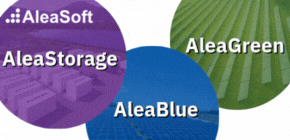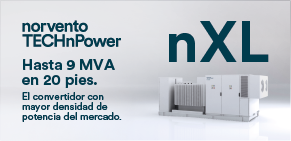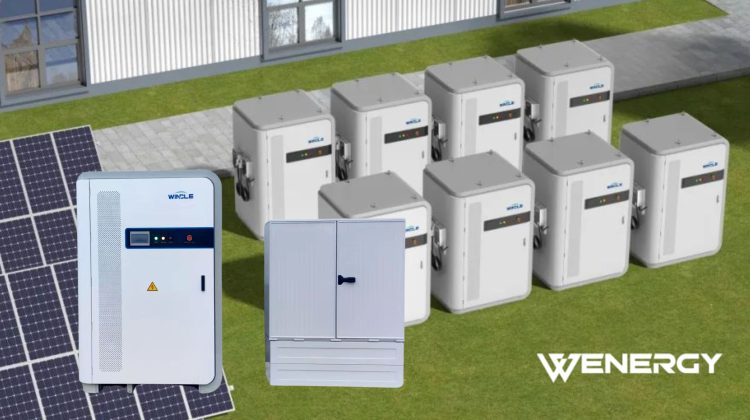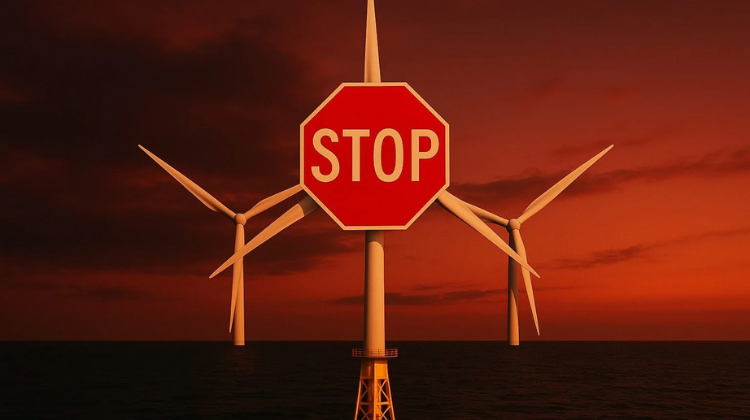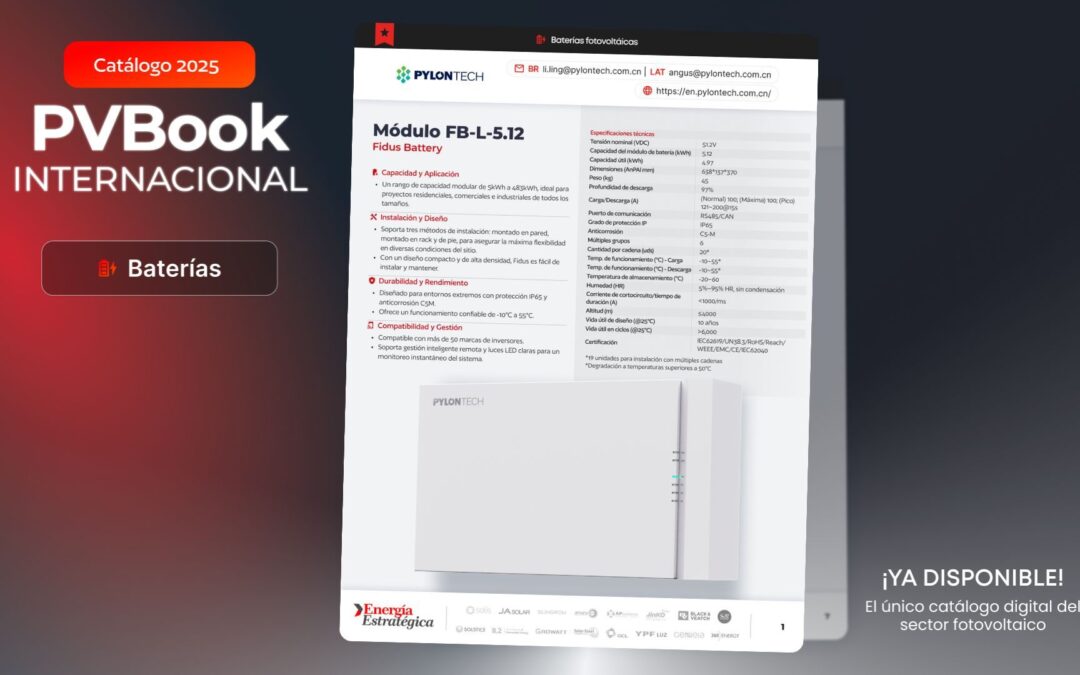With an annual production capacity of 15 GWh and more than 100 projects underway, Wenergy Storage is accelerating its positioning in the international energy storage market. As part of its growth strategy, the company is focusing on new technological developments, product diversification, and territorial expansion, which includes branches already operating in Italy, Germany, Poland, Texas, and Zambia, in addition to new logistics centers planned for this year.
“Our commitment is to shape the future of energy through smart and sustainable solutions,” Wenergy Storage representatives emphasized in an interview with Strategic Energy Europe.
The company has already installed 2 GWh of capacity in the global market and plans to expand its market share in Europe, where it sees significant potential driven by public policies, pricing dynamics, and the need for support for renewable energy.
Solutions for all segments
Wenergy Storage offers solutions for three major segments: residential, commercial and industrial (C&I), and grid-scale.
For utility-scale projects, the company markets high-voltage systems of 3.44 MWh, 3.85 MWh, and 5 MWh, suitable for frequency regulation, price arbitrage, and renewable energy backup.
For the commercial and industrial (C&I) sector, it integrates photovoltaic, storage, generator sets, and charging with solutions from 96 to 385 kWh, adapted to self-generation, backup, and tariff savings.
In the residential sector, it deploys systems ranging from 5 to 30 kWh, aimed at home energy management and off-grid applications.
“In the European market, there is strong demand for photovoltaic storage, peak regulation and frequency modulation, backup power, and peak and valley arbitrage. Wenergy has helped numerous projects achieve stable profitability thanks to its high safety and efficiency,” the company explains.
Competitive Advantages: Total Integration and Safety
A distinctive feature of the company is its vertical integration model, which covers everything from active materials to complete systems. With more than 10 years of R&D experience, Wenergy designs and manufactures battery cells, modules, and systems with full control over the process.
“The entire process is independently controlled, ensuring product safety and consistency from the start,” they state.
Safety is one of their pillars: At the cell level, they have passed six needle penetration tests under the GB/T 31485 standard, with no thermal runaway events.
At the system level, they comply with standards such as UN38.3 and IEC 62619, validating protection against thermal spread and fire.
Added to this, is their digital energy management platform, which enables remote monitoring, predictive maintenance, and intelligent operation.
I+D as the Foundation for New Launches
The company has developed a continuous innovation model based on three stages: pre-research, development, and mass production. Each quarter, they review their technology roadmap to align developments with market demand.
“Today, we are working on products with ultra-high-capacity cells and intelligent thermal control systems,” they reveal.
- Among the new launches, the following stand out:
- Solutions for mobile vehicles with energy storage
- Integrated container system for solar energy, storage, and diesel generator
- New battery cell lines: high-energy density, high-power battery cells specifically for two-wheeled vehicles, and for home energy storage
Currently, several of these developments are in the testing and verification phase.
Competitiveness and Future Objectives
With nearly 100 patents and software rights, the company aims to strengthen its technological advantage. The key to maintaining competitive prices, they indicate, will be:
- Advances in battery cell technology: continuous research and development of high-capacity and ultra-high-capacity battery cell product lines.
- Development of an intelligent temperature control system to ensure the safety and cycle stability of high-capacity battery cells.
- Optimizing materials
- Continuous innovation mechanismScaling up productionLeveraging public policy incentives
Another key is establishing a ladder-based R&D system: “one generation pre-research, one generation development, and one generation mass production” to achieve rapid product iteration.
In addition, they propose a quarterly review of the technical roadmap to ensure that the R&D direction aligns with market demand.
Outlook for the European sector
Driven by political support, technological progress, and market demand, the energy storage sector in Europe shows great development potential. This is highlighted by representatives of Wenergy Storage, who view the continent as a strategic hub for its expansion.
In terms of regulations, the European Union and the United Kingdom have enacted key frameworks such as the New EU Battery Law and the UK Energy Act, aimed at improving energy security, moving toward carbon neutrality, and encouraging greater penetration of renewable energy. Added to this are hourly pricing policies, with large differences between peaks and valleys, which promote the adoption of storage systems.
From a demand perspective, Europe reached an installed capacity of 89 GW by the end of 2024, with steady growth projected toward 2030. This dynamic responds both to the need for backup for renewables and to price volatility in the electricity market.
Future trends in the sector point to greater technological diversification and continued cost reduction. Grid and C&I storage will lead growth, while the residential segment will also gain momentum, leveraged by technological improvements and more competitive market conditions.
“There will be a continued increase in energy density, ongoing innovation in fast-charging technology, and a significant extension of battery life,” the company asserts. Regarding cost optimization, they mention three key areas: innovations in material systems, economies of scale derived from mass production, and industrial modernization promoted by state policies.
Finally, they emphasize that sustainability will be key. “Key trends include major advances in battery recycling and comprehensive improvements in green manufacturing, from materials to production processes,” they conclude.










